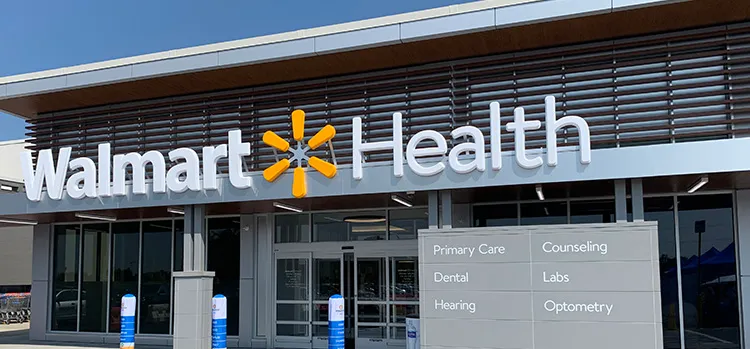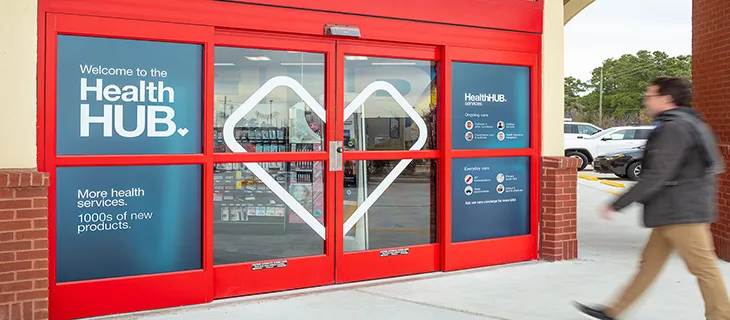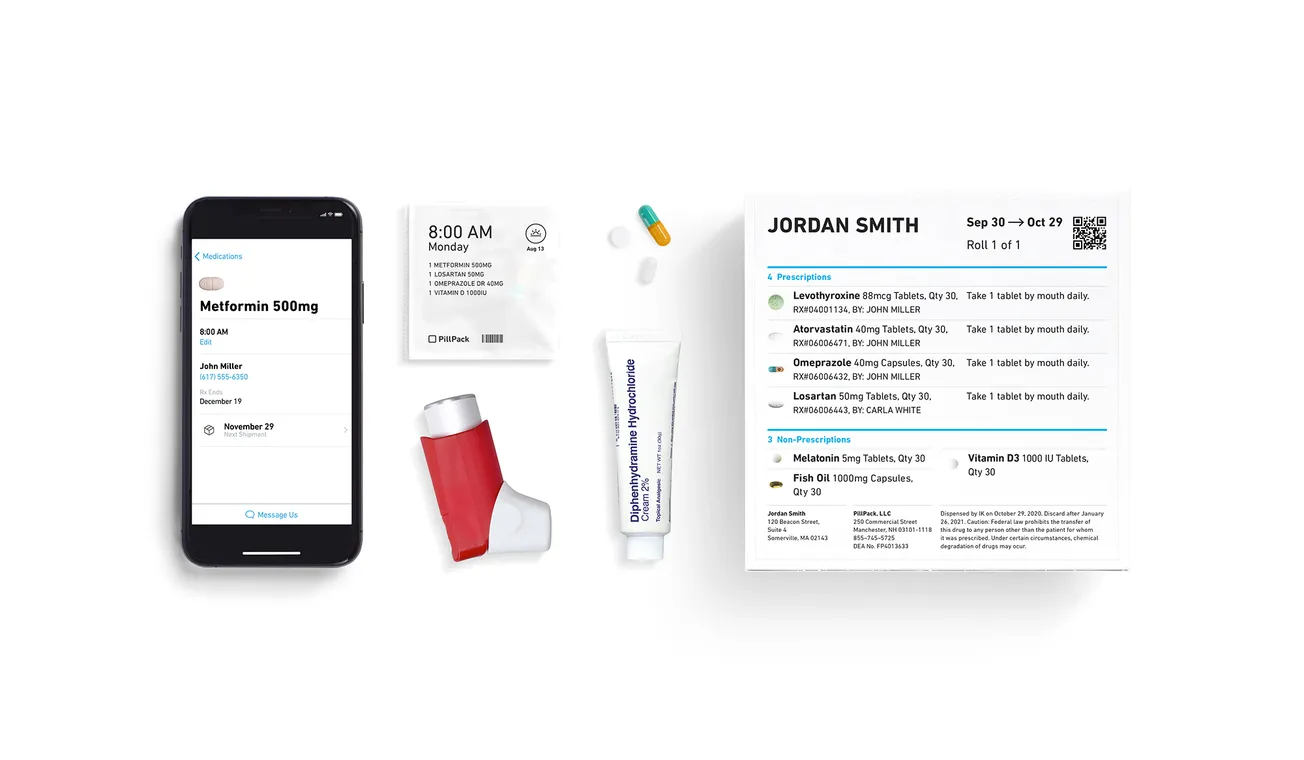Senior Vice President of Health and Wellness Sean Slovenski speaks at the store opening.
When Sam Walton opened the first Walmart store in Rogers, Ark., in 1962, he set in motion an enterprise that fundamentally transformed the way Americans shop, giving them convenient access to high-quality consumer products at the lowest possible price. Now, 57 years later, the company has embarked on a pilot test to apply the principles that Walton embraced to the nation’s foundering health care system, which is plagued by seemingly intractable problems of accessibility, uneven quality and high cost.
The first location intended to address those issues debuted on September 13 in Dallas, Ga. Operating under the banner Walmart Health, the 10,000-square-foot addition to a newly remodeled Supercenter houses a range of health and wellness services far greater in extent than anything else in a retail setting. In addition to pharmacy and O-T-C departments, which have long since become the norm for mass market retailers, Walmart Health offers primary care provided by physicians, diagnostic testing and lab services, dentistry, vision care, audiology, counseling, and health and wellness education.
When needed, the options available in the health center will be supplemented by visits from mobile units staffed by specialists in such fields as mammography, dermatology and kidney care. Digital and in-home referral services may be offered in the future.
“We want to create a one-stop shop for health care,” says senior vice president of health and wellness Sean Slovenski, who held leadership positions at Intel-GE Care Innovations, Humana and Mercy Health Partners, among others, before he joined Walmart in July 2018. “Half of all Americans struggle with paying for health care. Many of those are uninsured or underinsured and can’t afford to use their health insurance because of high deductibles and co-pays.
“We aim to use Walmart’s purchasing power to enable people to access health care before their condition gets to the point where the only option they have is the emergency room. That situation is bad for patients and unnecessarily costly. Our objective is to provide the best quality care at the lowest possible price.”
The Walmart Health center in Dallas, along with a second location that will open early next year in Calhoun, Ga., will offer annual checkups for as little as $20. Easy access to care will be further augmented by the option of making payments over time, a revival and variation of the layaway plans once ubiquitous in retailing. Other items in the extensive array of services on offer at Walmart Health will also be sharply priced.
More often than not, efforts to alter the status quo in health care meet with resistance from entrenched interests. Walmart Health, which has the enthusiastic support of chief executive officer Doug McMillon, Walmart U.S. CEO Greg Foran and the company’s board of directors, is crafted to disrupt a system plagued by inefficiency, miscommunication and duplication of effort. Slovenski believes the company will find many willing partners as it works to develop new ways to bring treatment to people who currently do without it, improve patient outcomes and limit expenditures.
“Individual physicians and dentists have expressed concern until we explain what we are trying to achieve,” he admits, “then they, along with health care systems and some insurers, see the potential value. Walmart has the capacity to meet a community’s primary care needs. A new patient in Paulding County, where the Dallas Supercenter is located, might have to wait weeks or even months before he or she can see a doctor or dentist; that person can walk into our store and receive attention right away.
“For a health system, we can remove the burden of maintaining a primary care network, which can be very costly, and serve as a feeder system for patients who need a higher level of care, enabling them to make better use of their resources. Insurers are beginning to understand that Walmart’s increased involvement in the market will drive the price of care down, and ultimately that’s good for everyone.”
Slovenski acknowledges that once the pilot stores have proven their worth — a process that he expects to involve a fair share of trial and error — some companies in the current continuum of care will be disintermediated. “That process is inevitable if we, as a country, are going to get health care costs under control,” he says. “We can no longer afford to compensate anyone at a higher rate than the value they provide.”
If all goes according to plan, Walmart stands ready to propagate the format.
“We’ve put together a team that draws on the company’s traditional strengths along with some new skills,” Slovenski says. “That combination will enable us to bring health care to all the communities we serve.”









